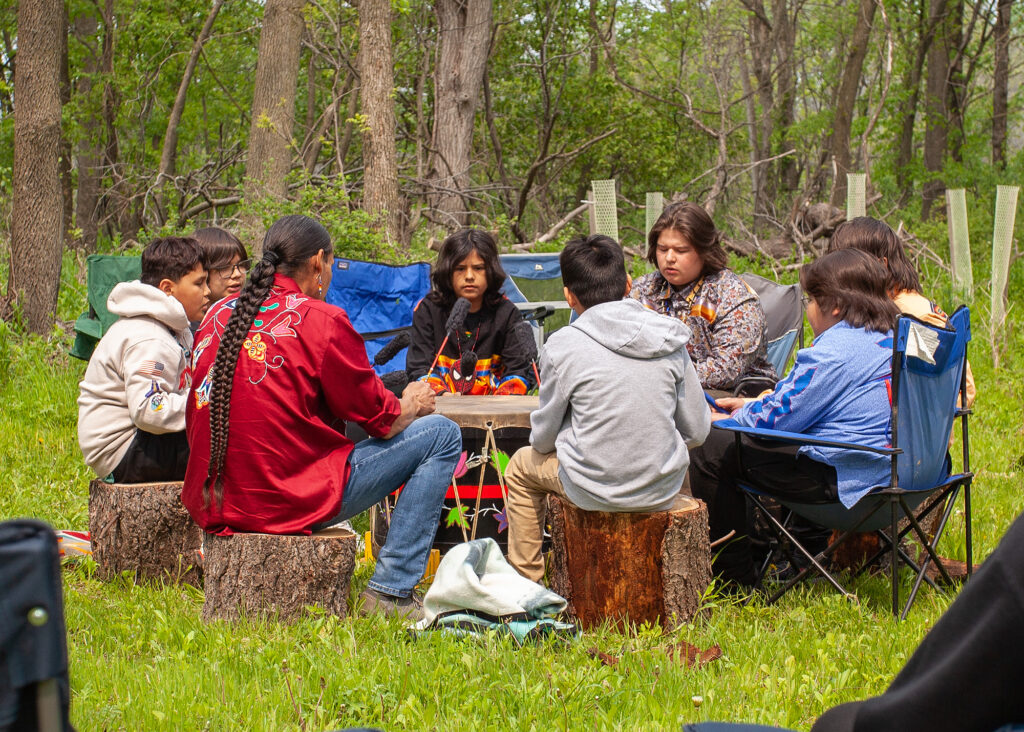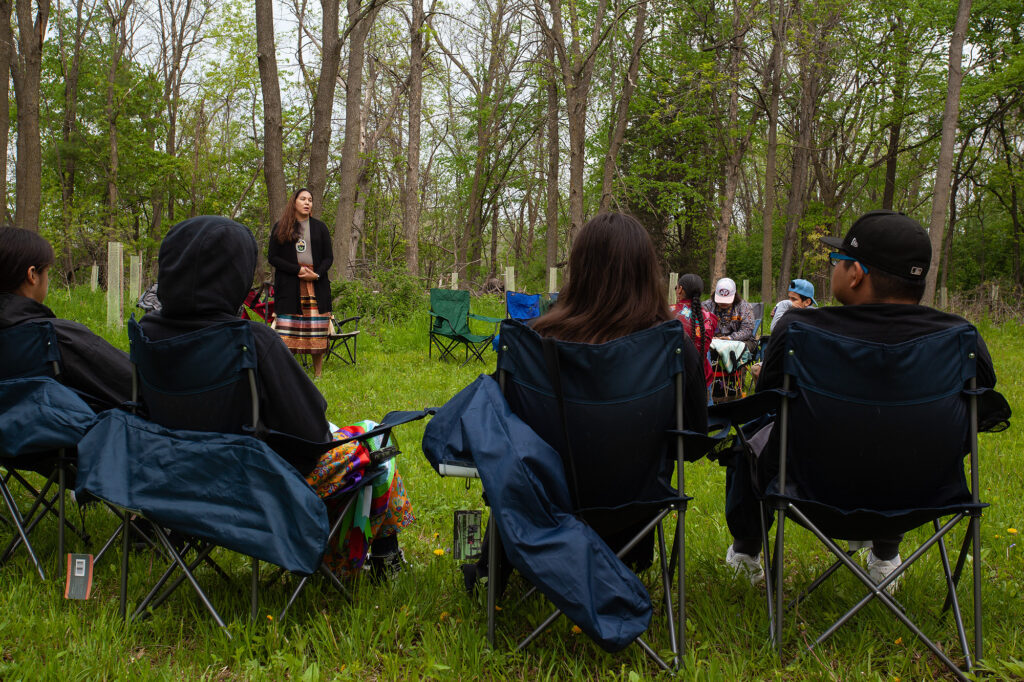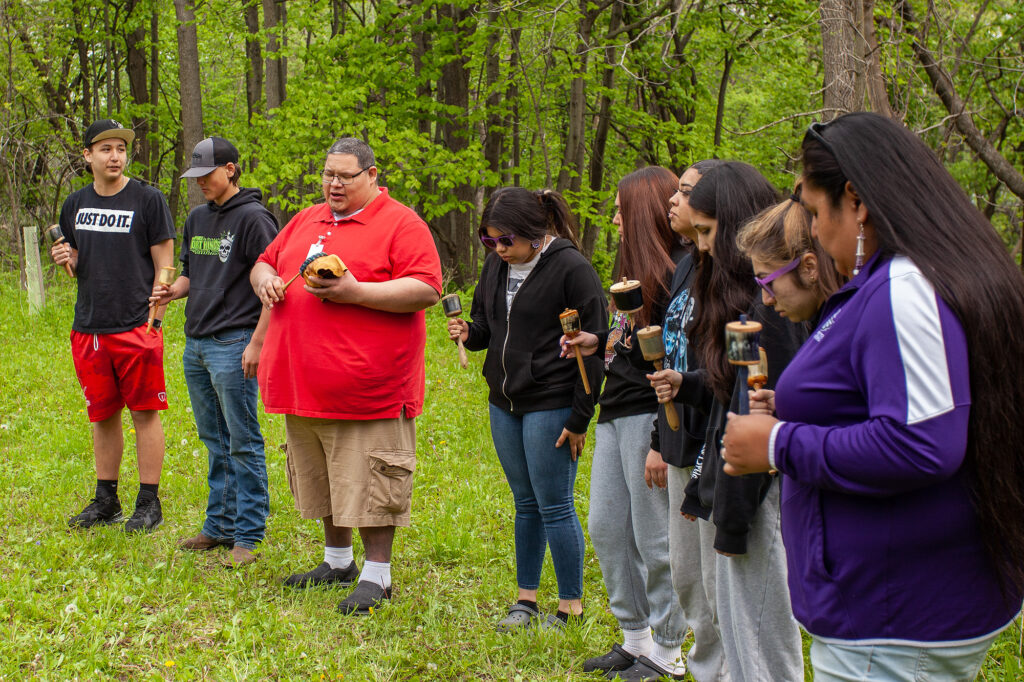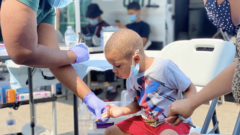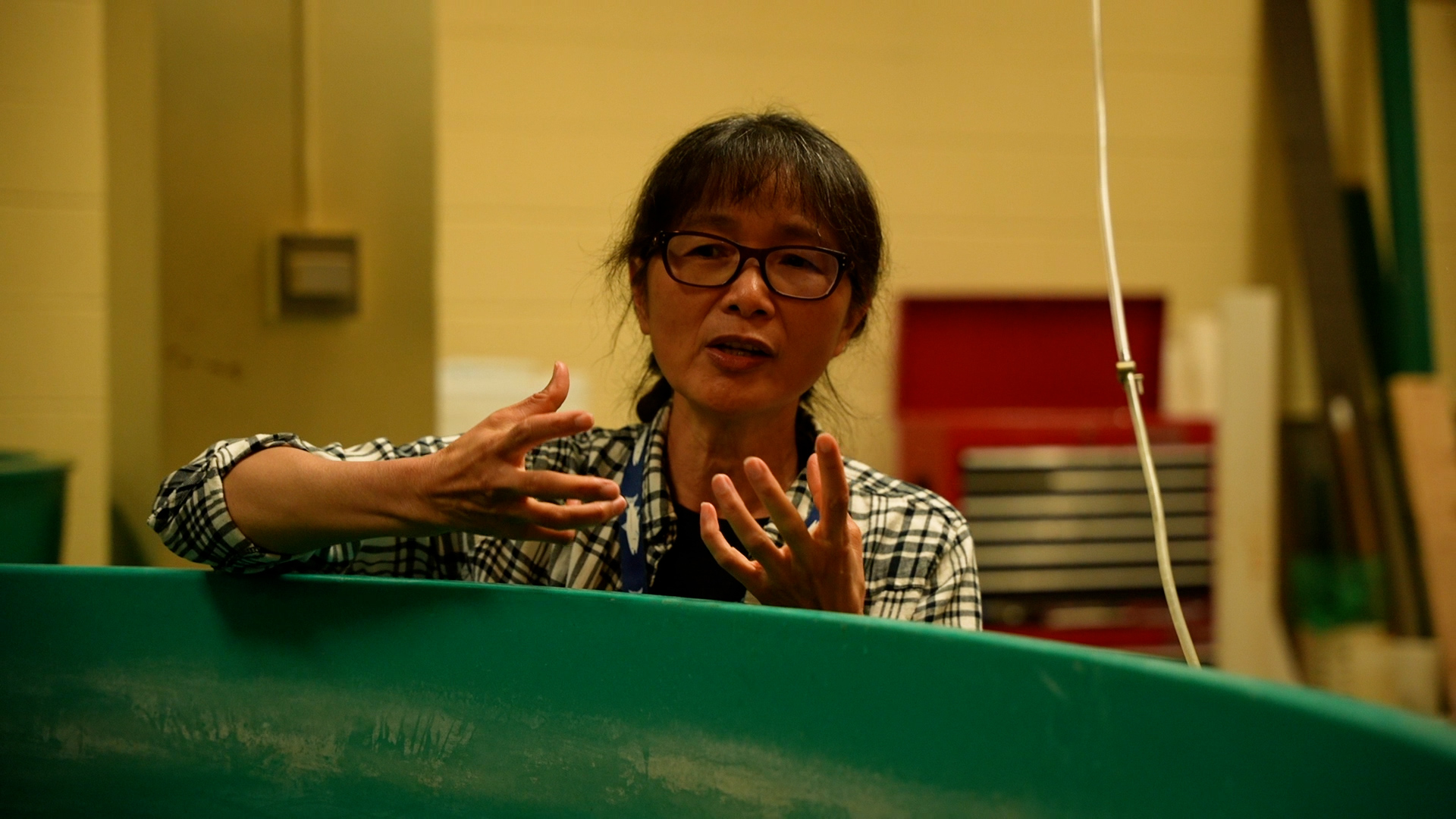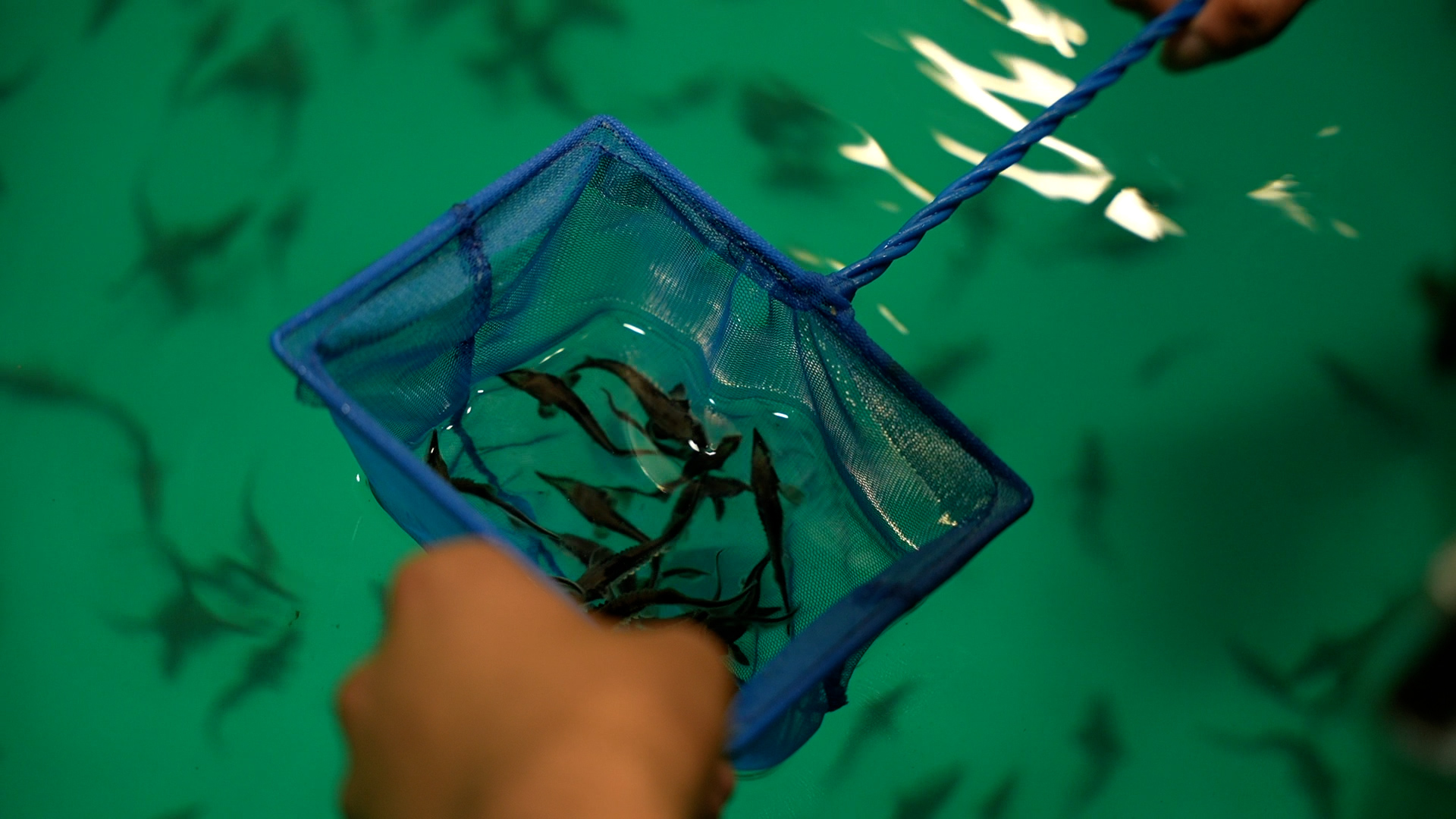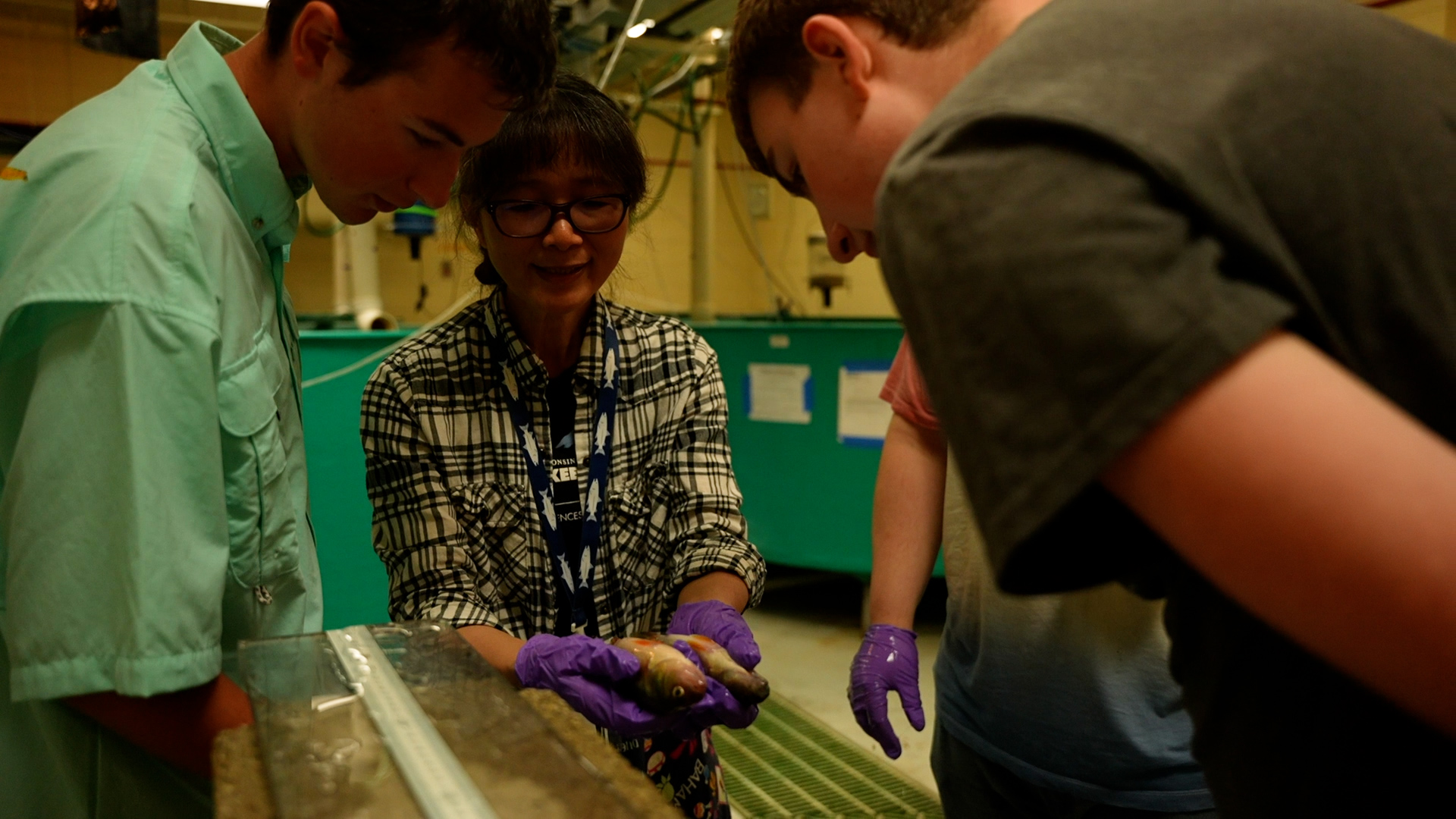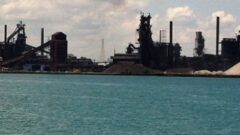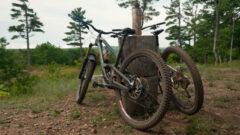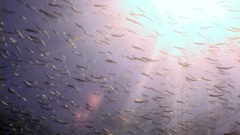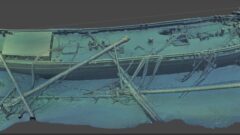Lakefront planners brainstorm ways to protect Lakewood’s Gold Coast from Lake Erie’s fury
Planners are in the early stages of an 18-month, $1.4 million project to plan a sustainable, climate-resilient future for Lakewood, Ohio’s coast. The plan will involve working with building owners to find a long-term erosion control measure. Read the full story by The Plain Dealer.
Great Lakes Commission
https://www.glc.org/dailynews/20230925-lakewood-ohio-erosion

